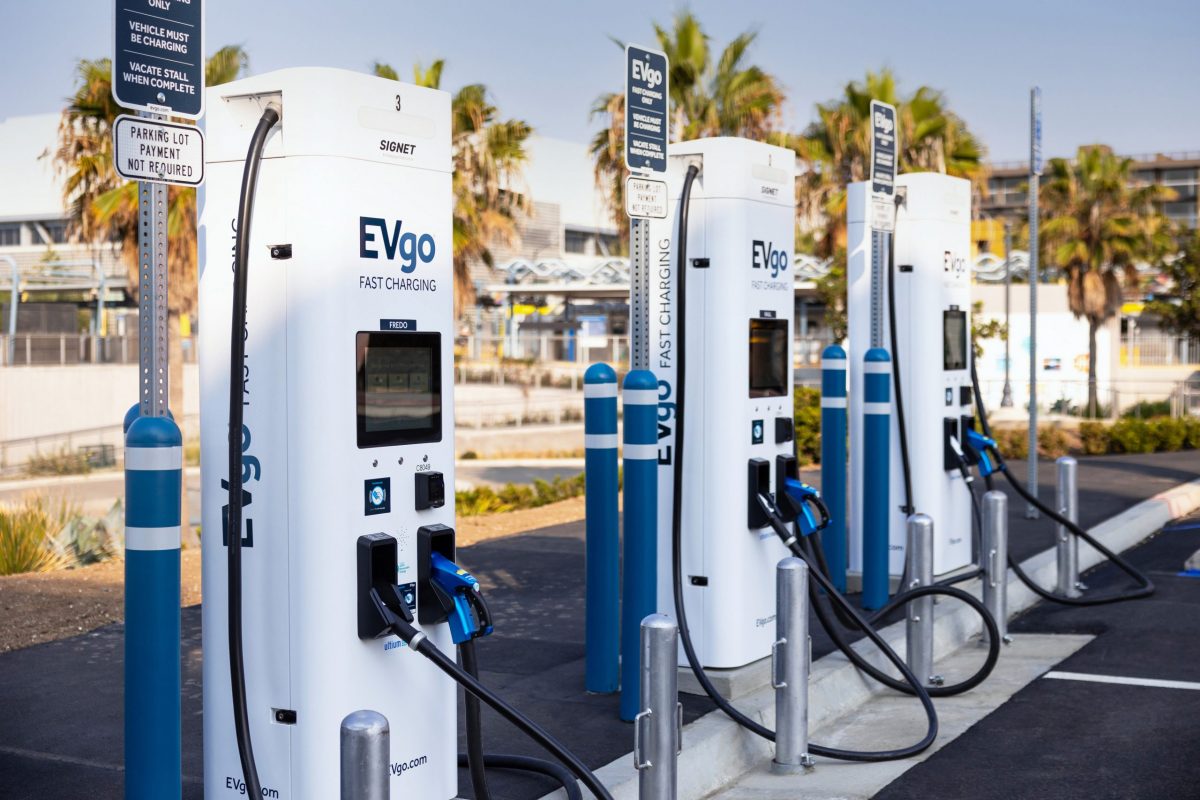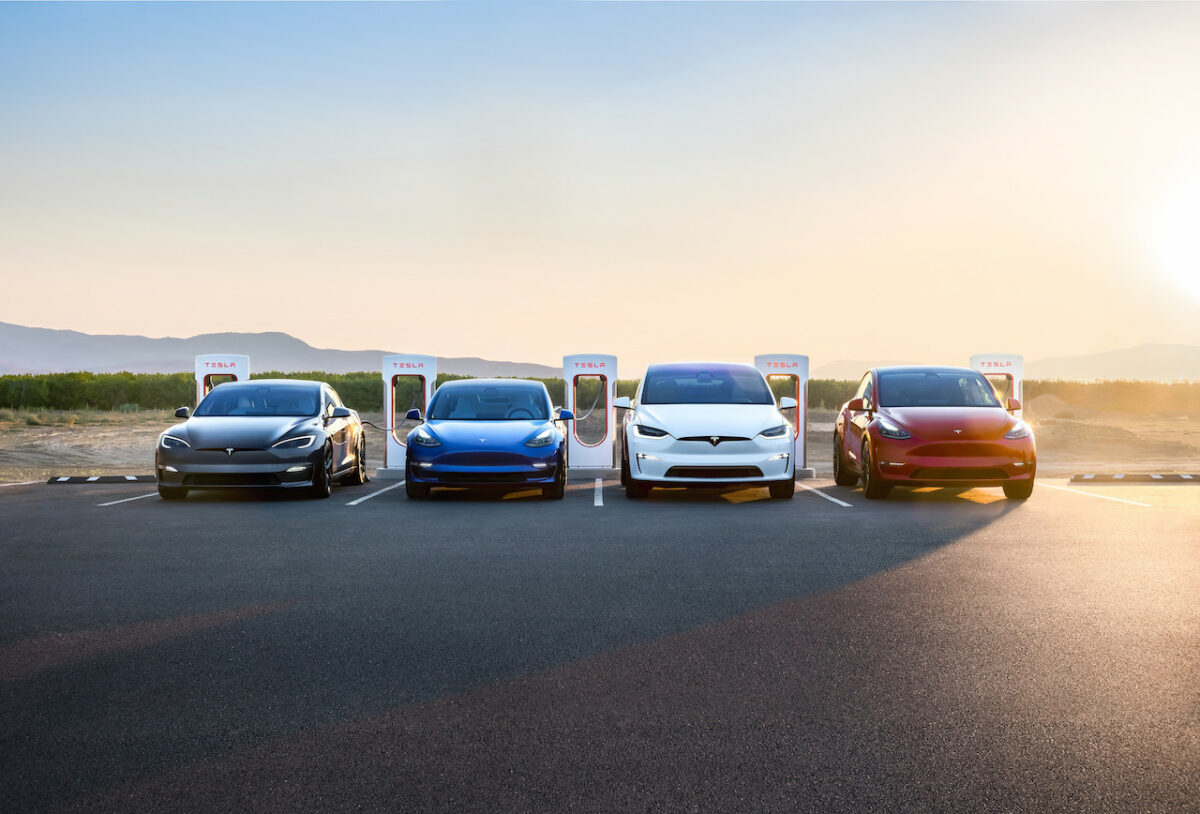Cella Energy has been developing a new hydrogen storage material that holds much promise for extending the range of electric vehicles (EVs). Now, thanks to new government funding, commercialisation efforts are moving forward. Cella’s Chief Executive Steve Bennington spoke to Automotive World about how the company got to where it is and where it plans to go from here.
1kW to 5kW
Cella’s lightweight hydrogen storage material is currently being used to develop a 1kW hydrogen generator. Work on this project is supported by a previous grant from the UK’s Technology Strategy Board (TSB). The prototype power supply is “sort of working now, just about,” said Bennington, but funds were needed “to actually put the device into things.” This is where the latest grant comes in.
The TSB has just awarded Cella and its project partners £598,000 (US$959,000) to pursue further developments in the automotive segment, where it hopes to address range anxiety concerns with EVs. Specifically, the new project will adapt Cella’s technology to serve as a range extender in a small EV produced by Microcab, a spinout company from Coventry University.
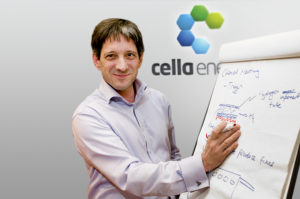
“The low carbon vehicle group at Coventry University have many years of experience in the development of fuel cells vehicles,” stated Bernard Porter from Coventry University and Microcab. “Using this technology we should be able to add at least 120 miles to the range of our existing battery electric cars.”
Cella’s lightweight hydrogen storage material is a plastic-like substance that releases hydrogen quickly and safely when heated. The material is packaged in the form of a chunky marker pen or cartridge. A mechanism pushes it into a hot cell and hydrogen comes out a couple of minutes later. It is then ejected across the top of the magazine. When a driver needs to refuel, he just lifts out the magazine and drops in another one.
This development has already been picked up by aerospace companies and projects are underway. For the automotive industry, Cella and Microcab are working on a 5kW scaled up version.
“The projects build upon an existing Technology Strategy Board project where we are developing a 1kW hydrogen generator,” said Chris Reeves, Commercial Manager for Future Transport Technologies at MIRA, one of Cella’s project partners. “Our focus will be to scale this technology to a 5kW unit giving rise to a clean range extender for electric vehicles, and developing a new market for medium scale hydrogen storage where an inexpensive supply chain is vital.”
Bennington emphasised that this is simply a demonstration project to show what the technology can do.”Over the next couple of years we would develop the kit, expand it a bit, make it more lightweight, stick it in the back of these little Microcabs up in Coventry and run them around, ” he summarised.
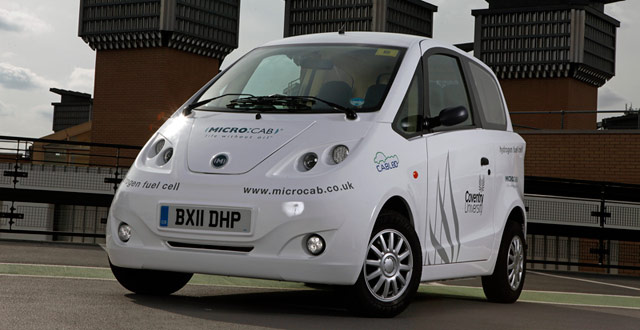
Safety concerns: the un-scary proposition
Cella hopes that its approach to hydrogen alleviates safety concerns associated with the material. It notes that existing hydrogen vehicles use gaseous hydrogen, compressed to very high pressures. This is expensive to distribute and pressurise. The latest project hopes to address many of these challenges.
“The difference with our material is that there is no high pressure, there is no high temperature. You can hold it in your hand. It is a simple, straightforward plastic-like material. It is un-scary, even a little bit boring. You’re trying to make hydrogen a little bit dull, you don’t want your fuel too exciting,” Bennington explained. You would have to ignite it directly to set fire to it. “It’s at least as safe as diesel and gasoline,” he adds.
Market ambitions
Cella is keen to land a development contract with a major OEM, and soon.
Bennington noted that vehicle manufacturers have a seven-year development cycle, at a minimum. With the first affordable hydrogen fuel cars are coming out in 2015, Cella is targeting the next generation. “That’s part of the purpose of this, to demo the technology but also to try to land a development contract so that this becomes the next generation of hydrogen fuel.”
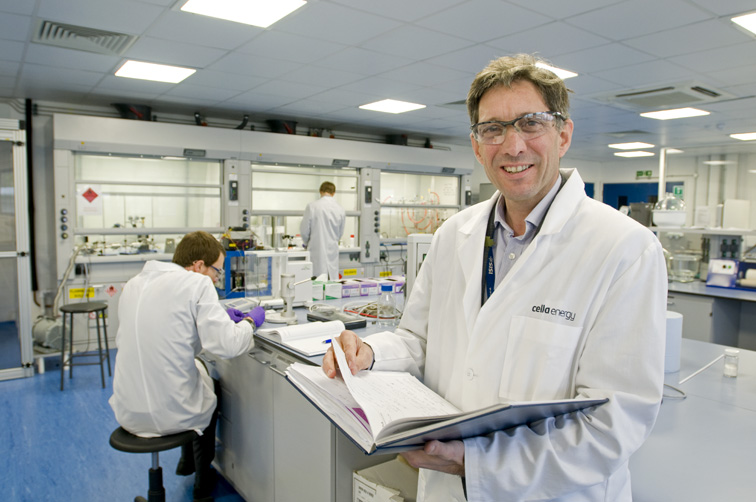
With at least a seven-year wait, Cella is also looking outside the automotive industry to generate profits. All of the company’s initial markets are centred in the aerospace industry, “things like manned aerial vehicles and various applications within aircraft. We are expecting to get revenues from that earlier,” said Bennington. The company is currently working with five aerospace companies, including US military company L2 Aerospace.
While Cella has its hands full with the Microcab project and its various aerospace activities, further projects are in the pipeline. While not quite ready to go public with any details just yet, Bennington confirmed that there will be some exciting announcements coming out before the end of the year.
Megan Lampinen


